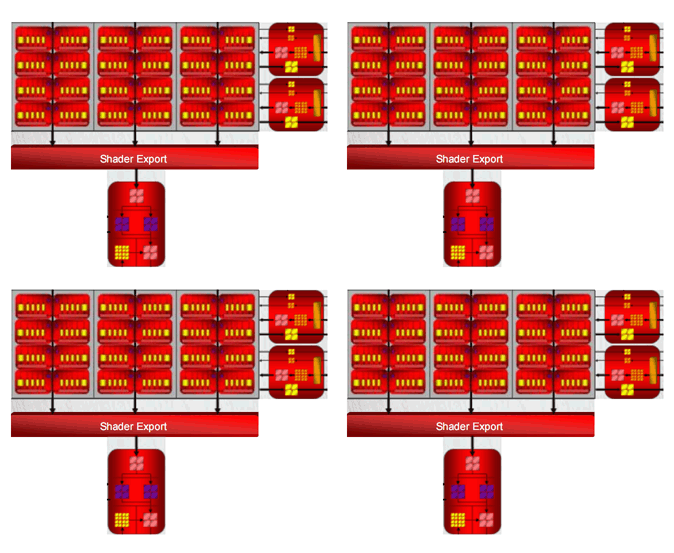DegustatoR
Legend
This could be many different things all of which doesn't necessarily have anything to do with rendering algorythm. Imo AFR will stay as the main rendering mode for all multi-GPU cards for the nearest future.
Right. As it's said there, GT200 isn't a proper codename, so you might wanna stop using it altogether -)
Er, no.This is the board that has long been rumoured to be "almost 1 TFLOP" (and was supposed to launch in November).
As i see it, GT200 is a G100 chip which is at least two times faster than 1TF.
1TF board could be some cancelled chip like 192 SPs G90 or it could be the upcoming G92GX2, but i doubt that it is G100-based board. The way i see it G100 never was their fall'07 product.


